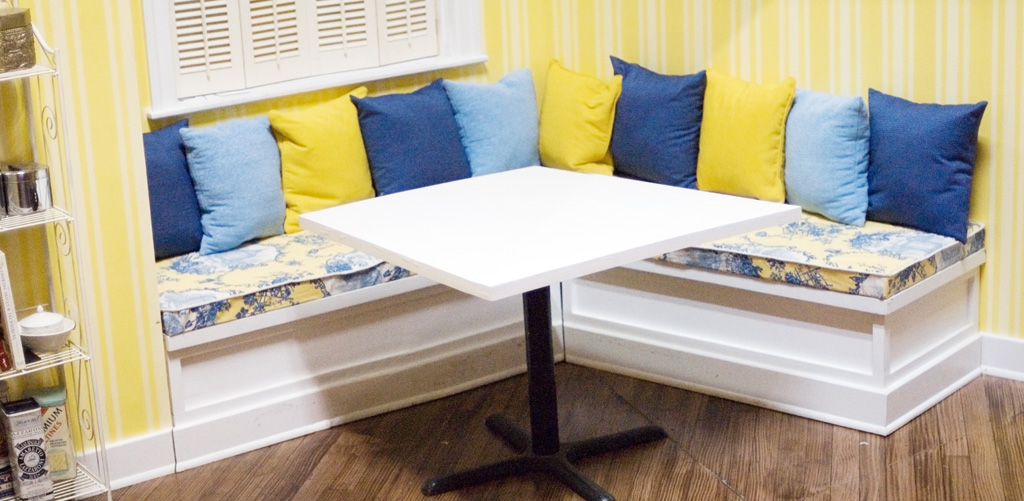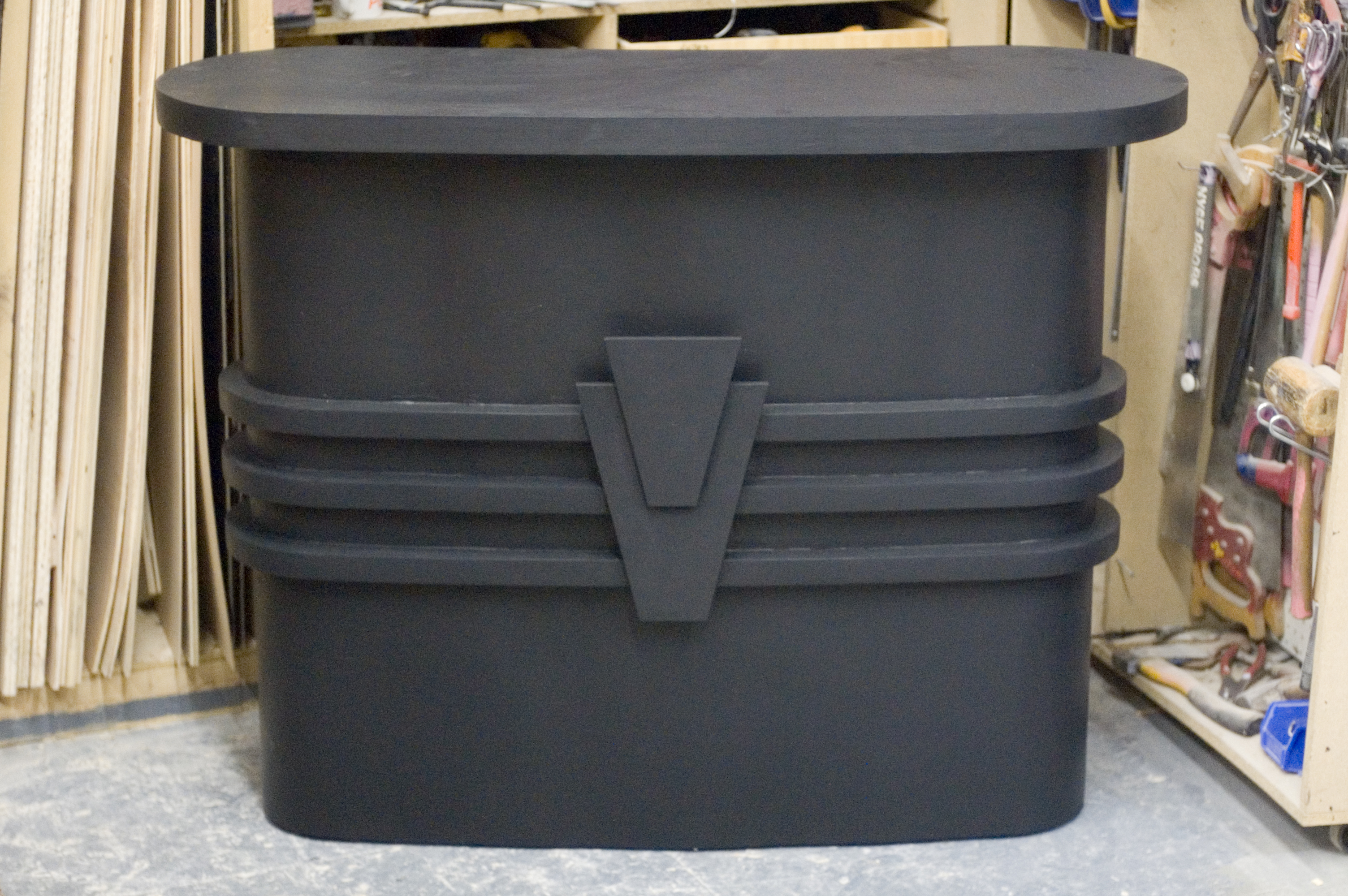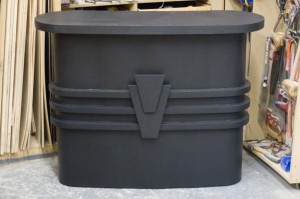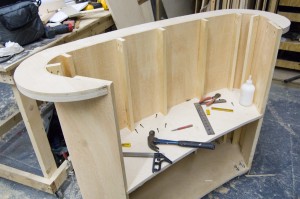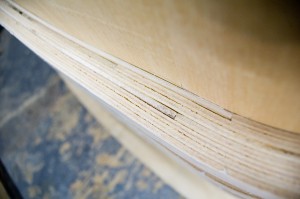Whenever I take on a carpentry project, or a similarly precise prop, I try to get my drawings and plan as precise as possible. For the first pieces I measure and cut, I try and be accurate down to the 32nd of an inch. By the time you get to the end of a project, you will find that the imprecisions of your tools and the imperfections of the materials will give you grief in the form of gaps, overhangs, or pieces not fitting where they should. These problems should be minor enough where a little sanding, wood filler, or sheer muscle power will set everything in order. If you start off with sloppy measuring in the beginning of your project, however, these gaffes will have swelled to horrible and glaring errors by the time you’re putting the last few pieces together.
The folks over at Popular Woodworking recently posted an article about making a cut list, and they put this argument much more eloquently than I just did:
If you miss the mark on one of these numbers early on, then you set off a chain reaction, and turn the remaining parts into a row of falling dominoes. It’s easy to think that a bunch of little errors will cancel each other out, but the opposite is true. All those little errors will congregate at the most visible place on the finished piece they can find. Once there, they will hold a party to mock you.
Check out Making a Cut List Part 1 and Part 2. It has a lot of great ideas on how and when to use and develop a cut list when building furniture pieces, whether you’re just starting in carpentry, or you’ve been at it for a few years.


